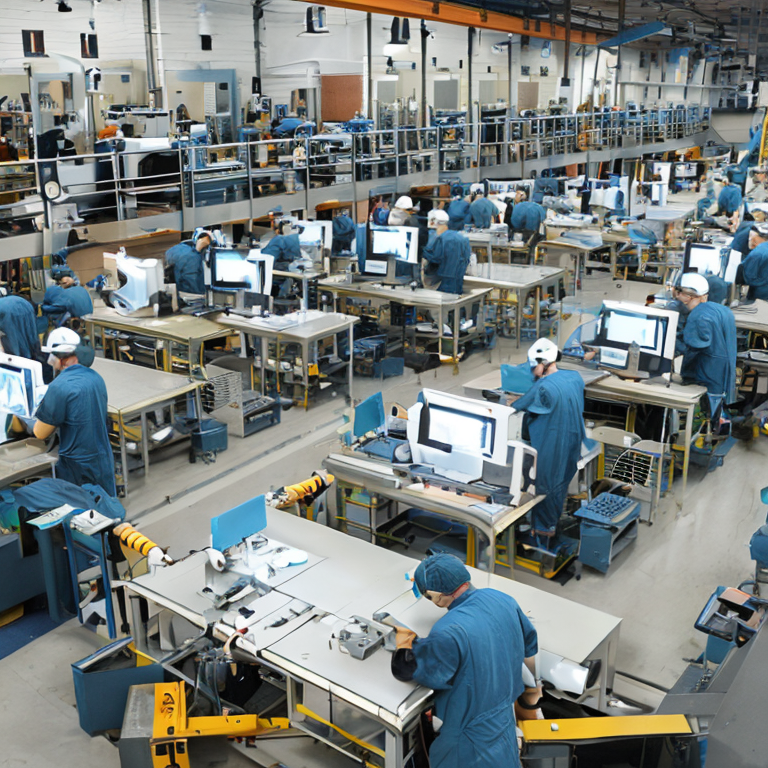
Manufacturing and production are the backbone of any business, but to ensure that your operations are running smoothly, you need to make sure that your materials are in sync with your manufacturing requirements. This is where synchronizing your manufacturing and material requirements comes into play.
When your materials and manufacturing requirements are not in sync, it can lead to a number of problems. For example, if you have too much material on hand, it can lead to waste and increased costs. On the other hand, if you don’t have enough materials, it can lead to delays and lost revenue.
To avoid these issues, it’s important to keep a close eye on your materials and your manufacturing requirements. This can be done by implementing an Advanced Planning and Scheduling (APS) system.
An APS system allows you to track your inventory and production schedules, so you can see exactly what materials you need and when you need them. It also helps you to identify any potential issues early on, so you can take steps to address them before they become a problem. It also helps in optimizing the resources and eliminate bottlenecks, and thus, increasing the overall performance of the production operations.
Another important aspect of synchronizing your manufacturing and material requirements is communication. It’s essential to have clear communication between your manufacturing and materials teams, so everyone is on the same page and aware of any potential issues.
In conclusion, keeping your manufacturing and material requirements in sync is crucial for the smooth operation of your business. By monitoring and tracking your materials, implementing an Advanced Planning and Scheduling system, and maintaining clear communication, you can ensure that your supply chain is running efficiently and effectively. If you have any questions on being able to synchronizing your manufacturing and material requirements, you can contact me at anytime.
Gary J. Schaum
Office: 941-259-4434
Cell: 203-746-7215
Web: LSI-Scheduling.com
Your guide to the IOT



